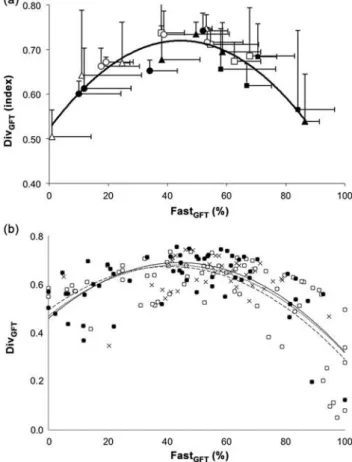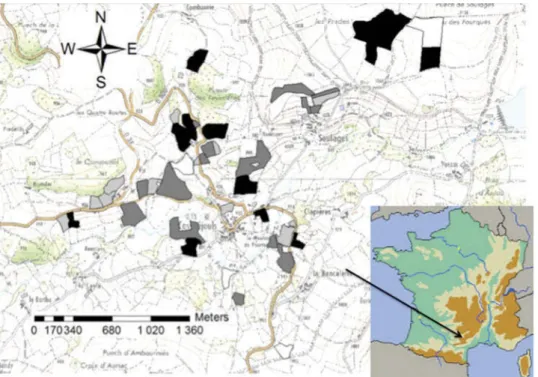A methodological framework to facilitate analysis of ecosystem services provided by grassland-based livestock systems
Texte intégral
Figure




Documents relatifs
The automata representing the body of the processes are extracted from the information obtained with the C++ front-end. Each process gives an automaton representing its
front-end. Each process gives an automaton representing its control structure. For the SystemC library structures, the method is different: we never parse the SystemC library
front-end. Each process gives an automaton representing its control structure. For the SystemC library structures, the method is different: we never parse the SystemC library
Based on a generic extensible data access framework (DAF) [10], we devised a domain-specific extension to support interoperability of Yawl workflow cases with hospital
In this paper, we present a methodology proposal of a to implement an Inter- operability Framework for a particular enterprise, in which other enterprises that wish to interoperate
Citizen science, ecosystem services, functional agrobiodiversity, landscape observatory, social-ecological 16.. system
Hence, their lower ability to retrieve soil inorganic N compared to cereals (Hauggaard-Nielsen et al., 2001) and the desynchronization between N supply by legume residues and the
Using two key factors (livestock density and the proportion of permanent grassland within utilised agricultural area), we identi fi ed six types of European livestock production



